Author: French Fry Fish
When 90s boys were young, they might have put up a few posters of dreamy supercars at the head of their beds.
For us back then, these “dreams” were embodied in exaggerated styling, flowing lines, and most notably, upward-opening scissor doors.

Nowadays, those kids have all grown up and are heading towards their 30s. As they get older, their wallets are also starting to expand. But for the vast majority of people, the childhood dream of the “scissor doors” still remains far off.
Last year, XPeng Motors officially launched the XPeng P7 Pengyi version, finally bringing the “scissor doors” to a price range that regular people could consider.
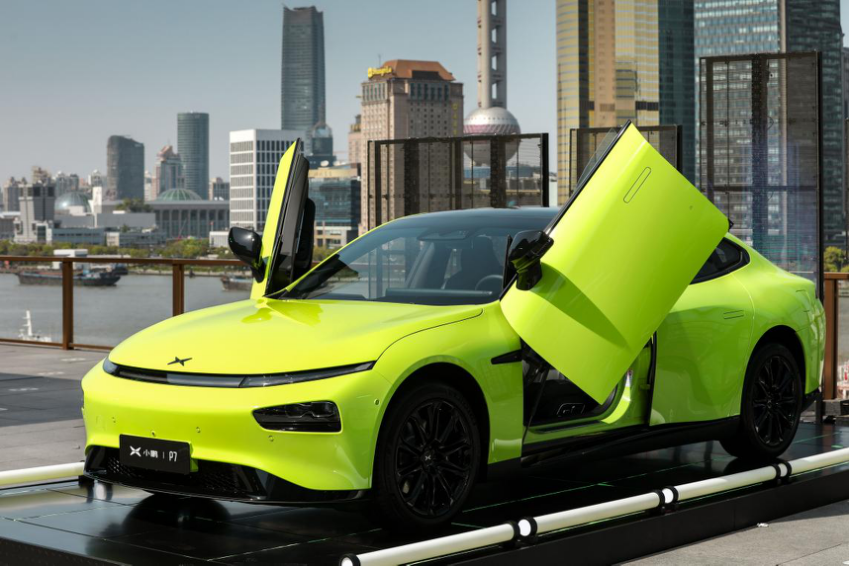
Today, NIO has officially released the NIO ES-segment model, which means that there is now a cheaper option for the average person’s “scissor door” dream.
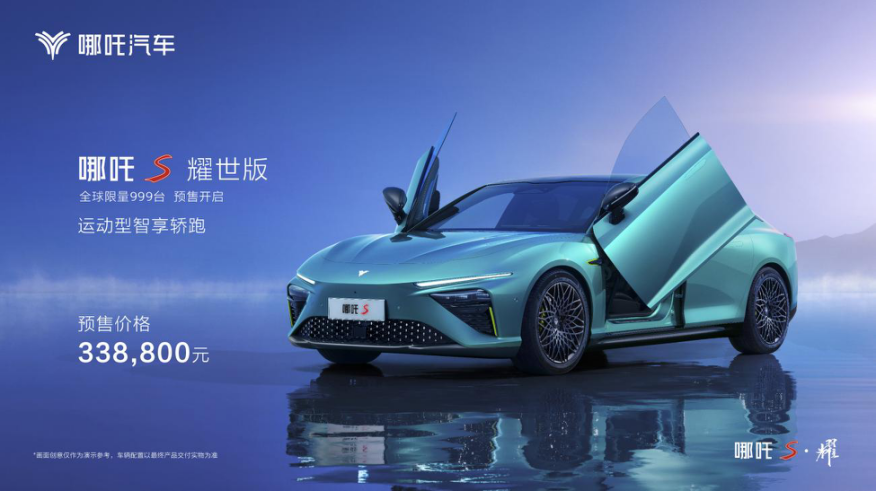
So, here comes the question: if you really want to buy an affordable “scissor door” car, which one is a better choice, the NIO ES or the XPeng P7?
Let’s talk about these two cars today.
Due to objective constraints, we have not yet seen the actual car of the NIO ES-segment, so for now, we can only compare the paper data of the two cars.
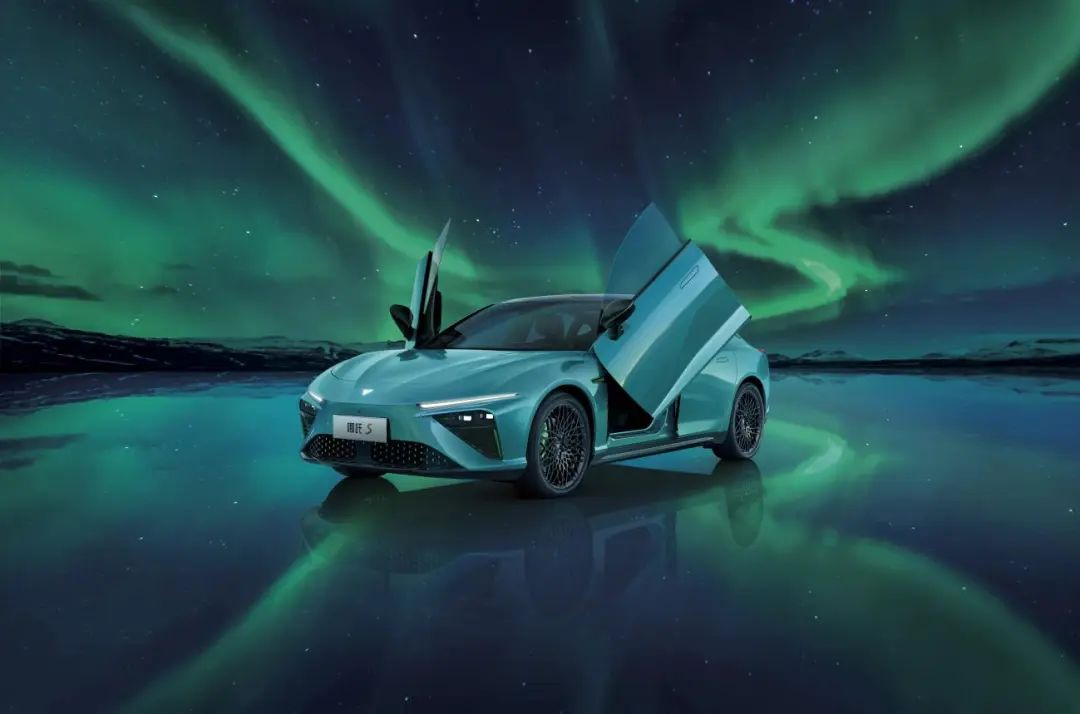
First, let’s talk about the car dimensions.
The NIO ES-segment model measures 4980 × 1980 × 1450mm in length, width, and height respectively, with a wheelbase of 2980mm. The XPeng P7 Pengyi version measures 4880 × 1896 × 1450mm in length, width, and height respectively, with a wheelbase of 2998mm.
The NIO ES dimensions are slightly larger, and the XPeng P7 has a slightly longer wheelbase, but overall, the two cars’ dimensions can be considered at the same level. As for the interior space, we’ll have to see the actual cars. These data can only tell us that both cars have the same height, NIO ES is slightly wider, so it looks a bit lower.
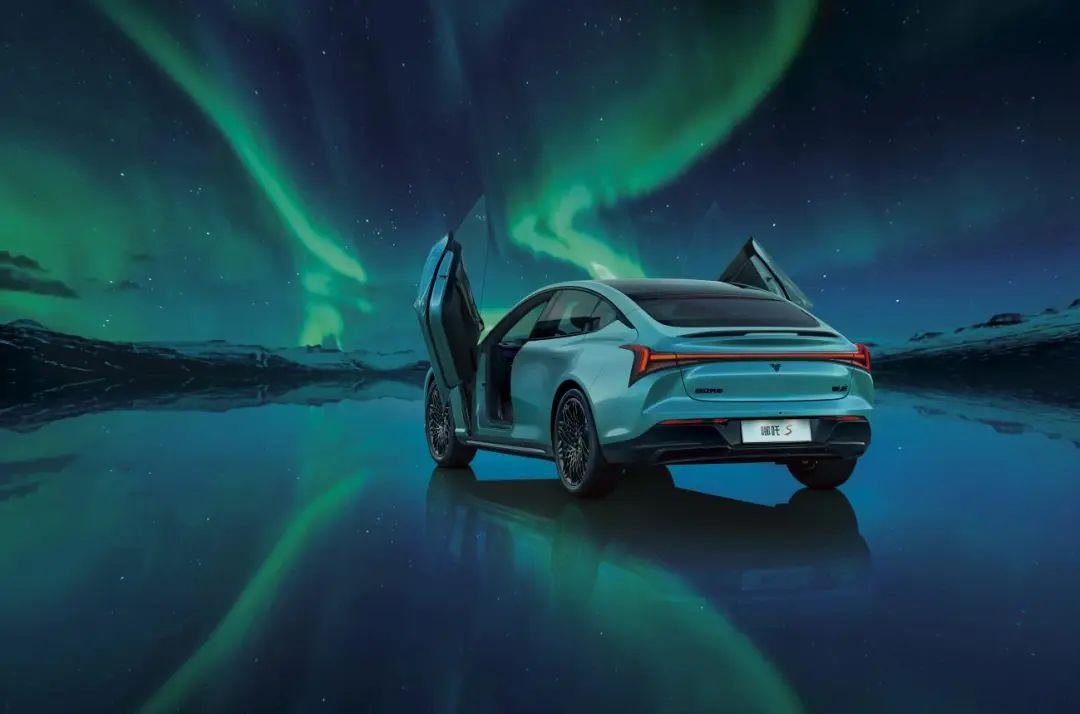
Next, let’s talk about power and range.The XPeng P7 Pengyi Edition comes in two versions: a single-motor rear-wheel drive and a dual-motor all-wheel drive. The rear-wheel drive version can go from 0 to 100 km/h in 6.7 seconds and has a NEDC range of 670 km, while the all-wheel drive version can go from 0 to 100 km/h in 4.3 seconds and has a NEDC range of 562 km. On the other hand, the NETA S Yaoshi Edition only comes in a dual-motor all-wheel drive configuration, which can go from 0 to 100 km/h in 3.9 seconds and has a CLTC range of 650 km.
Regarding power, for people like me who drive more leisurely, a 6.7-second acceleration time is already quite fast. This level of power would have been only available on 3.0T gasoline cars several years ago. However, if you are an acceleration enthusiast, the NETA S has the edge.
When it comes to range, it is necessary to note that the two models use different testing standards, so the numerical comparison can only serve as a qualitative analysis. Judging from the numbers, the all-wheel drive version of the NETA S has a range close to that of the rear-wheel drive version of the XPeng P7, suggesting the former has better energy efficiency, possibly due to the NETA S having a lower drag coefficient of 0.216 Cd.
Moreover, there is the luxury configuration. Considering that the NETA S was launched later and is positioned as a breakthrough product for the brand, prior to the comparison, I speculated that the NETA S would have the upper hand in this area. Indeed, on paper, the NETA S Yaoshi Edition boasts a panoramic insulating and sun-shading glass roof of 1.9 square meters, a larger central display screen, an extra screen for the front passenger, and an 8155 chip that is one generation newer than the XPeng P7’s 820A in its infotainment system. Additionally, the NETA S has features that the XPeng P7 lacks, like full-frequency response headrest speakers for both driver and front passengers, 8-way electrically adjustable rear seats, and front seat massage functions.
Finally, when it comes to the new battlefield of electric vehicles, intelligent driving capabilities, unfortunately, the highly anticipated TA Pilot 4.0 and LIDAR did not make an appearance in the NETA S Yaoshi Edition’s configurations. The model is instead equipped with TA Pilot 3.0, which only supports high-precision assisted navigation and uses five radars and eleven cameras.“`
The XPeng P7 Wing version also supports high-speed navigation assistance. In addition, the computing power of XPeng P7’s NVIDIA Xavier Smart Driving Chip is nearly double that of the Texas Instruments Dual TDA4 Solution used by Nio ES6.
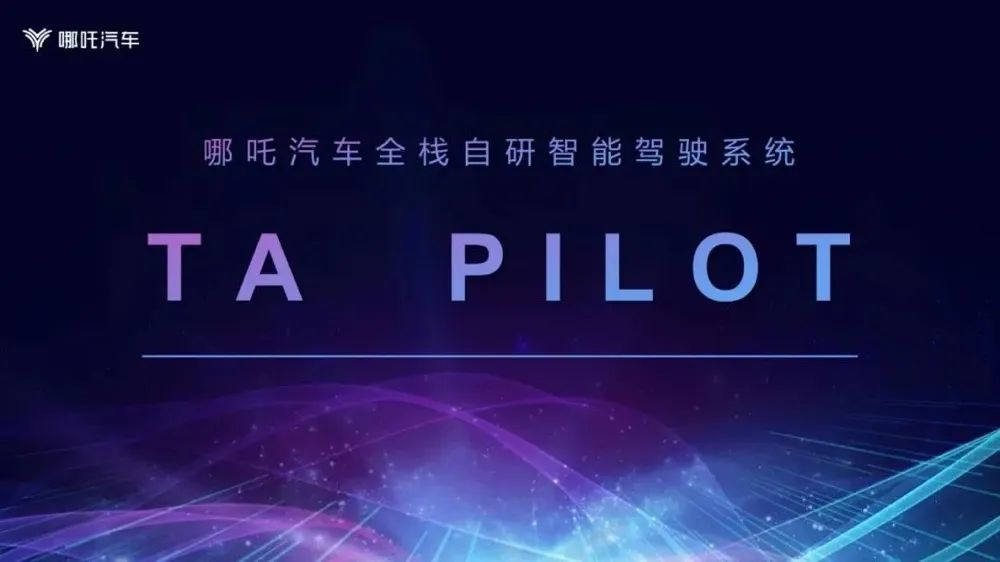
We haven’t actually experienced Nio’s TA Pilot 3.0 yet. However, whether it’s because of XPeng’s leading position in the domestic smart driving field or XPeng P7’s stronger smart driving chip computing power, I tend to prefer XPeng over Nio ES6 Starry Edition and XPeng P7 Wing version in terms of smart driving.
Having said that, we don’t need to go into detail about the conclusion of XPeng P7 Wing version because most of you have seen it before. As for the Nio ES6 Starry Edition, based on the existing information, let’s make a temporary conclusion.
Overall, the Nio ES6 Starry Edition is an electric car with a price-performance tag featuring scissors doors.
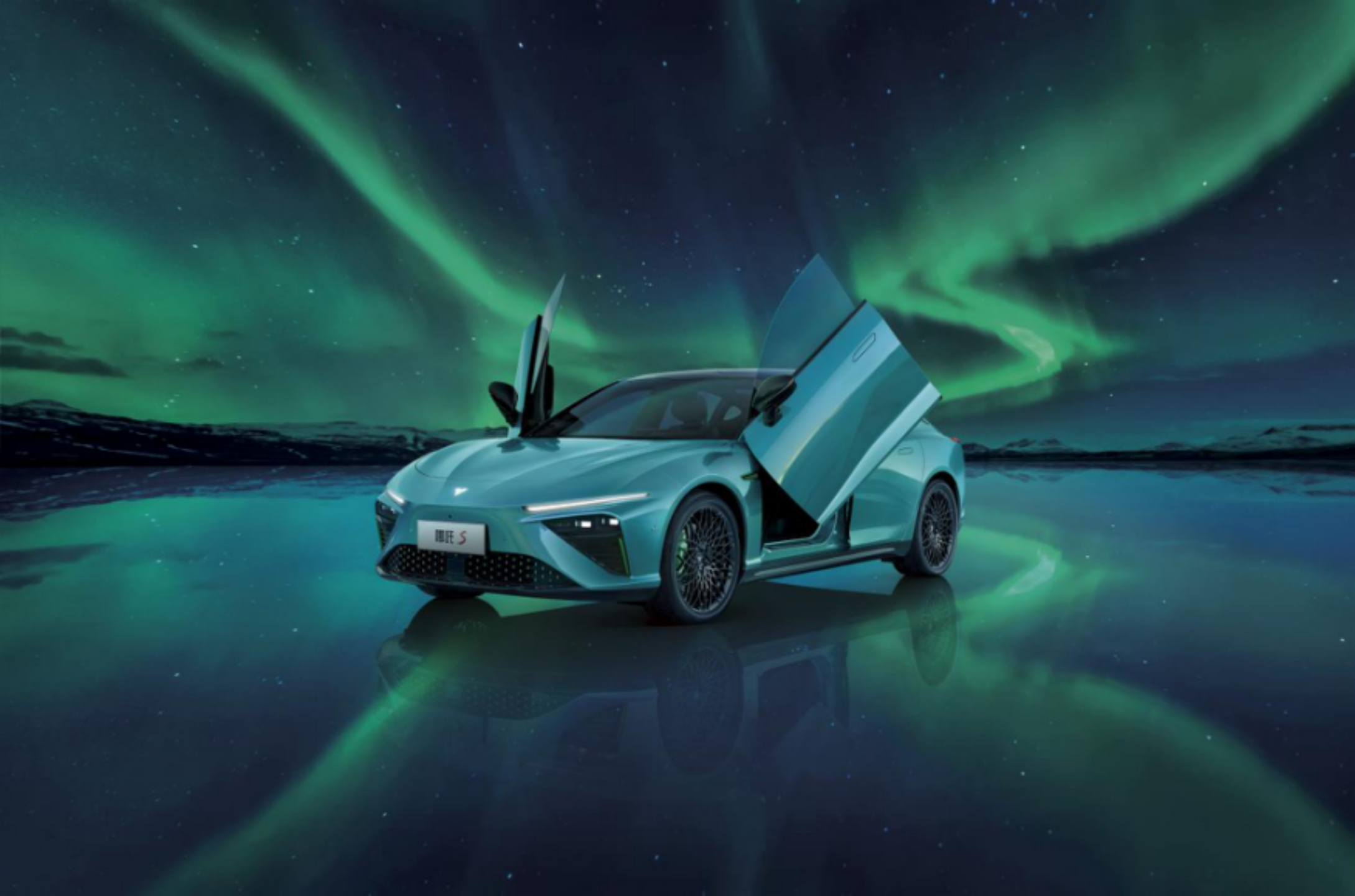
As a representative work of the Nio brand, the Nio ES6 Starry Edition generally appears more generous than ordinary models.
This is because when a car brand’s brand power is insufficient, the upward brand needs to rely on the product power itself to break through. In other words, car companies always need to showcase more sincerity for their first upward brand products. Such sincerity often represents lower profit margins, more solid materials, and higher configurations.
And the Nio ES6 Starry Edition is positioned as such a model.
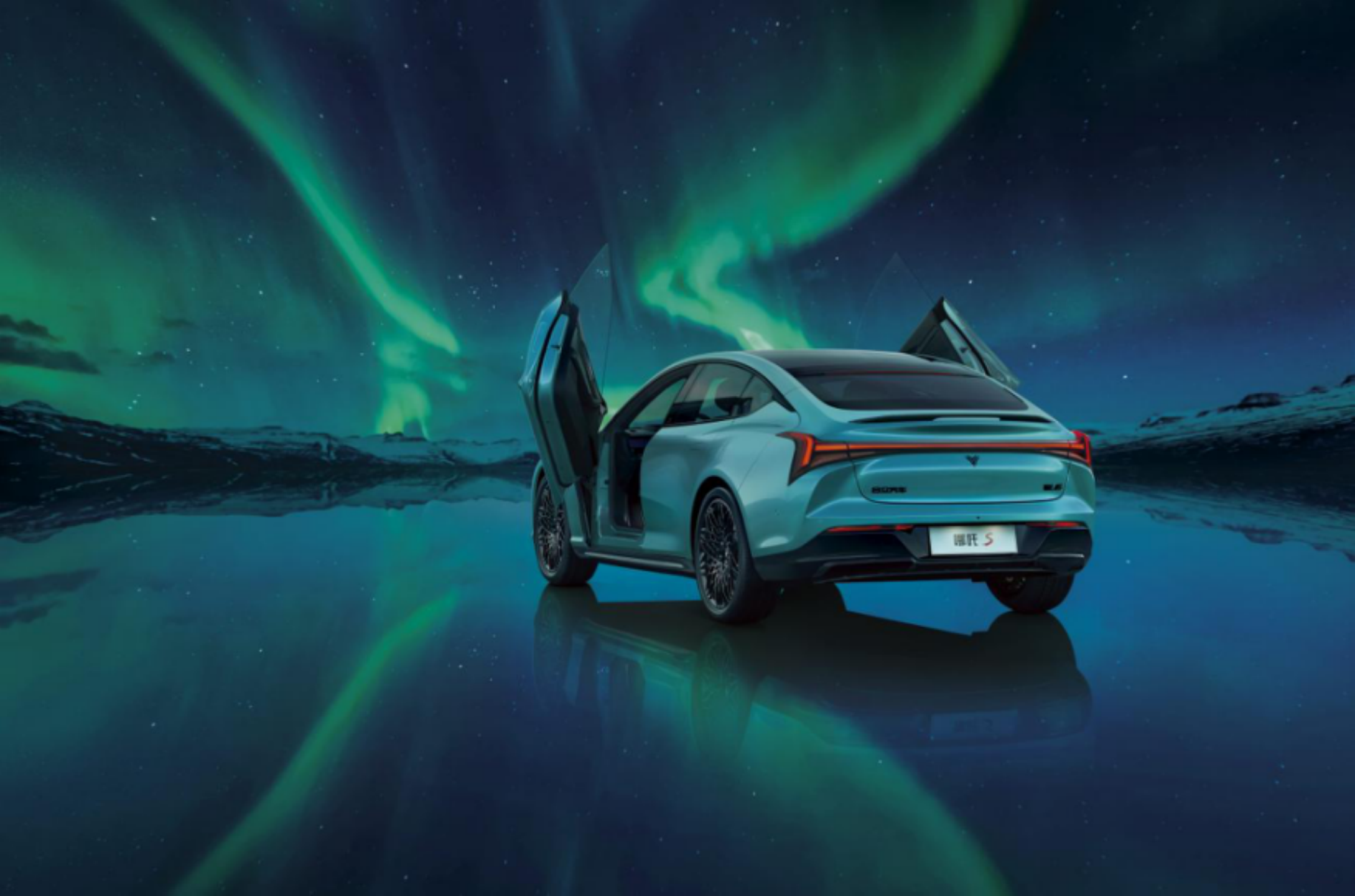
So, returning to the initial question, if you want to buy an affordable “scissor door” car, which one should you choose between the Nio ES6 Starry Edition and XPeng P7 Wing version?
Between these two, if you value acceleration performance and rich configurations more, then the Nio ES6 Starry Edition should be the better choice, and it’s worth waiting for.
But if you value the intelligent assisted driving capability of an electric car more, and you haven’t test driven the Nio ES6 Starry Edition yet, then the XPeng P7 Wing version may be the safer choice.

In fact, this kind of back and forth results is more in line with objective norms. Wanting everything often only exists in two situations: one is to pay more for a more expensive option, and the other is to never give up and wait for the new model of the technology iteration that is both cheap and good. But whenever that time comes, there often appears a stronger and more expensive model.
“`And now, what confuses Mr. Bo the most is probably the price. The price of the NETA S Brilliant Edition is 338,800 yuan, which is much cheaper than the XPeng P7 Pengyi Edition.
Do you wait for a lower price or choose an available car? Now, the pressure is on you who want to buy an affordable “scissors door” car.
This article is a translation by ChatGPT of a Chinese report from 42HOW. If you have any questions about it, please email bd@42how.com.
